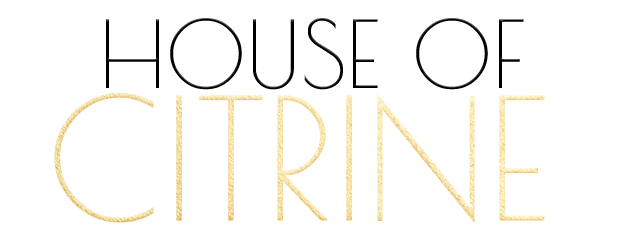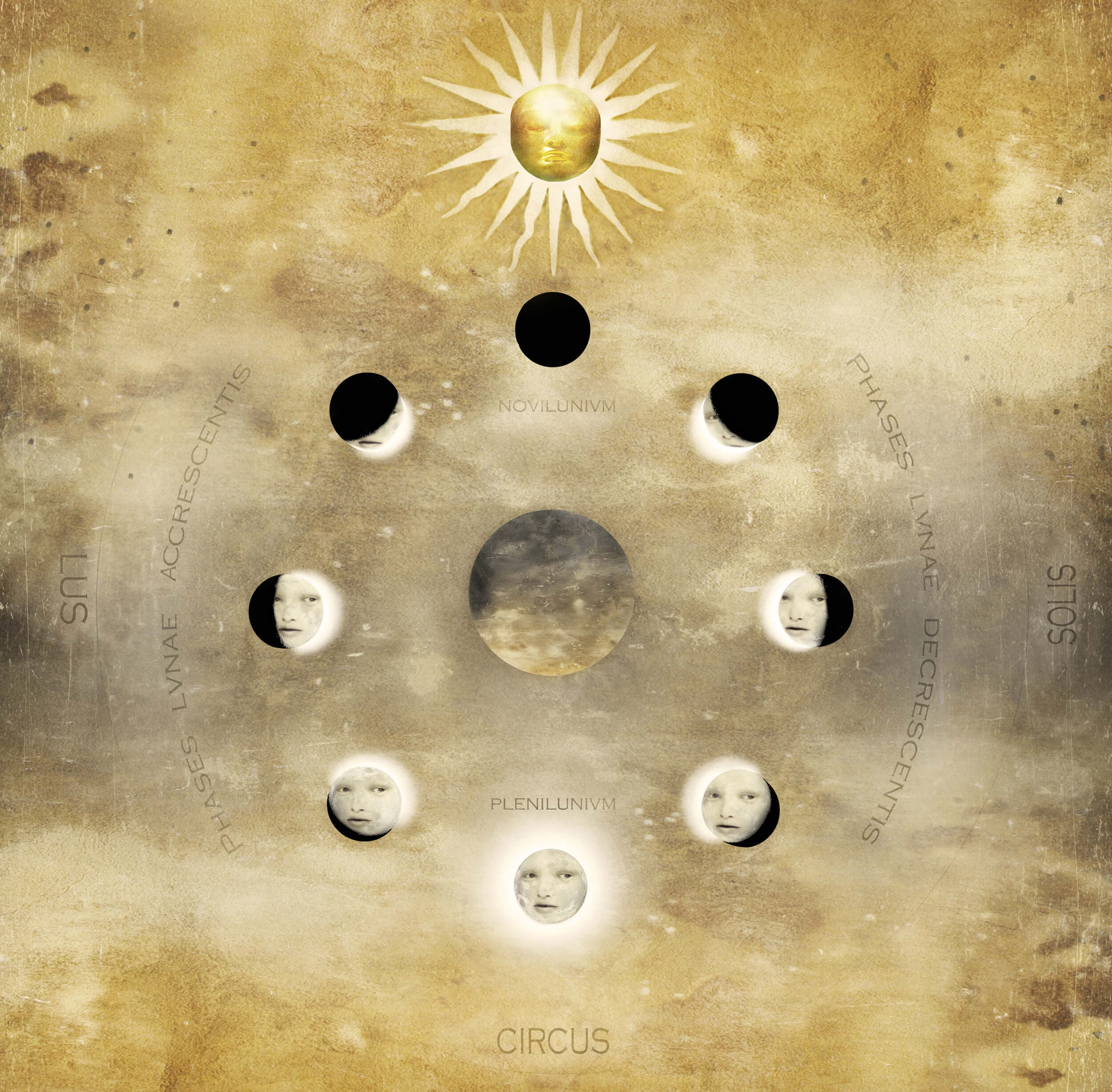By: Molly Helfend
There is a time every month where people have trouble getting to sleep, car accidents become more common and feelings of sensitivity and emotional instability become common. Well, you can blame the full moon next time you get into trouble. The full moon happens when the earth lies between the sun and the moon, so the complete surface of the moon is visible. This is when the world can become chaotic from the powerful lunar energy the moon emits. Just as the tides flow with moon cycles, so do our emotions. The full moon tends to awaken the darkness inside and promote introspection, which many confront with violence and anger. However, if you give in to its illuminating spirit, you can lighten much of your shadow darkness, helping you remember that we are all part of one universal entity.
There are 12 full moons that correspond to each month over the course of the year. Dating back to early Native American tribes, each full moon has a name and a meaning.
According to the Farmer’s Almanac:
Full Moon names date back to Native Americans, of what is now the northern and eastern United States. The tribes kept track of the seasons by giving distinctive names to each recurring full Moon. Their names were applied to the entire month in which each occurred. There was some variation in the Moon names, but in general, the same ones were current throughout the Algonquin tribes from New England to Lake Superior. European settlers followed that custom and created some of their own names. Since the lunar month is only 29 days long on the average, the full Moon dates shift from year to year.
The infusion recipe below is ideal for the upcoming Strawberry Moon on June 9. The Algonquin Tribe called it the Strawberry Moon because of the short harvest season for strawberries during the month of June. It is called the Rose Moon in Europe. However, if you are not inclined to create an infusion, there are other ways to celebrate the powerful lunar energy. First, you can bath in the full moon. Similar to forest bathing, you bask in the light and let the vibrations soak into your bones. Set intentions, perform a guided mediation or simply purge unwanted burdens and release into the luminosity. Second, you can charge your crystals. Clear quartz, moonstone, and celestite respond very well to the enchanting magic. Third, you can make moon water by letting fresh spring water absorb the lunar energy.
YIN AND YANG
Yin and yang are opposing, yet amalgamated. They are dissimilar, yet interdependent. They interact to maintain equilibrium, yet never actually exist in absolute homeostasis. Merely, everything in the universe exists with both yin and yang components. As the gravitational force of black holes push and pull, as our lungs inhale and exhale, as the earth’s seasons awaken and sleep, this is the rhythm of yin-yang. This philosophical Chinese concept was developed thousands of years ago, and is applied to the basis of all existence and change. A friend of mine read and relayed to me that yin-yang are not a substance or force, but rather a way of describing the dynamic interactions and interrelations of the natural forces that do occur in the world. We live in a world of seeming dualities, however, it is the yin and yang that help us continue moving forward. They are innately opposing forces of harmony.
LUNAR YIN HERBALISM
Just like the yin and yang rhythms of life, plants also as have yin-yang qualities. The leaves, flowers and aerial parts are considered to have yin tendencies, while the sturdier parts like seeds, roots and barks, have yang tendencies. Yin represents the feminine, receptive, open, yielding, connected, introspective, intuitive, feeling, deep wisdom, and harmony. This corresponds with the moon and its lunar patterns. Lunar teas are most powerful during full moons, as this is a time of duality between the light and darkness within us. By absorbing the essence of yin in these plants, we seek balance and introspection. Each of the aerial yin-balancing herbs in this recipe are deeply nourishing, promoting longevity and endocrine hormone stability. These herbs emphasize yin properties of cooling, moistening and relaxing, promoting revitalizing energetic shifts. Yin herbs are known to represent the fountain of youth, by having anti-aging reversal properties.
Photo Credit: Calendar Case
Lavender, represented with the air elements, is a well-known aromatic herb known for its sedative and relaxing nervine qualities. It is also known to protect us from wandering spirits, and often used in psychic vision pillows for the promotion of wishes and dreams. Lavender is also antiseptic, antispasmodic, carminative, cholagogue, diuretic and tonic.
Lovely, aromatic rose petals, represented with the water elements, are high in vitamin c and antioxidants, which support the heart, both physically and emotionally. Rose petals are astringent and tonic, easing PMS and uterine congestion.
Red clover, represented with the air elements, is a sweet-tempered vitamin-rich herb. A graceful flower, it is alterative, lymphatic, expectorant, demulcent and anti-catarrhal, while promoting nourishing re-growth within various systems in the body.
Catnip, represented with the water elements, is a charming plant, quite literally. It is used with trance work and journeying, and living up to its name, even induces a hypnotic effect of cats. In addition, its herbal actions include anti-catarrhal, diaphoretic, and antiviral, working well for upper respiratory infections and nervousness.
Skullcap, represented with the fire elements, has a deeper action on the nervous system, profoundly routed in its sedative properties and ability to soothe exhaustion, excitability, anxiety, PMS, and insomnia. Its cooling nature is acutely anti-inflammatory and mildly bitter, while stimulating bile flow with antispasmodic, antibacterial, antiallergenic and diuretic emphasis.
Violet leaves, represented with the water elements, are not only aesthetically bewitching, but are quite medicinal. Expectorant, stypic and anti-inflammatory, they can be used internally to soothe bronchial congestion and similar to plantain, externally to help stop bleeding on wounds.
Chrysanthemum flowers, represented with the air elements, are notable in Chinese medicine for their cheerfulness and protective nature. Elegant and beguiling, they are anti-inflammatory, antibacterial, aromatic, demulcent, febrifuge, hepatic, hypotensive, and refrigerant.
Why should we drink this infusion?
This infusion is useful in balancing individuals with depleted yin reserves or those with overly yang symptoms. As we age, our yin drains, especially from chronic stress, dehydration, childbearing, drugs and alcohol, and disease. Simply put, life depletes yin. Symptoms of yin deficiency can include exhaustion, dry throat and skin which manifests in wrinkles, digestive issues, low kidney and immune function, declining muscle mass, lower backaches, heat sensations, dark urine and rings under eyes. This infusion can invigorate the cells and augment healing. Although this is a wonderfully medicinal infusion, it is very tonic with gentle floral tones that can simply be consumed to celebrate the mystery of the full moon.
Full Moon Lunar Infusion Recipe
- 1 part Chrysanthemum flowers
- 1 part Rose Petals
- 1 part Violet leaves
- 1 part Skullcap
- 1/2 part Red Clover
- 1/4 part Catnip
- 1/4 part Lavender
*sprinkle with fresh pansies once ready
Instructions: Loosely pack fresh or dried herbs into a large glass mason or crystal jar. Pour cold spring water over the herbs until they are completely immersed and not overflowing. Cover the container and leave it outside right after sundown. Place it somewhere it is in full view of the moon and can completely absorb the moon’s magic and energy. In the morning, strain and enjoy.
REMEMBER: This infusion can be made on any full moon night as the temperature is not going to fall below 40 degrees at night. The sky may be cloudy or clear.
This information is not a replacement for a medical professional, so please consult before treating yourself or others with this or any other herbal remedy
Molly Helfend is part of the HOC team and is an herbalist and environmental activist. She graduated from University of Vermont in 2016 with a Bachelor of Science in Environmental Studies and a concentration in Holistic Health. She will be attending University of Kent in Canterbury, England to receive her Masters Degree in Ethnobotany in 2017. She has worked for Urban Moonshine, Greenpeace and received her training with Spoonful Herbals. Her goal is to receive her PHD and become a professor at University of California Santa Cruz. Molly resides in Monte Nido, California.










